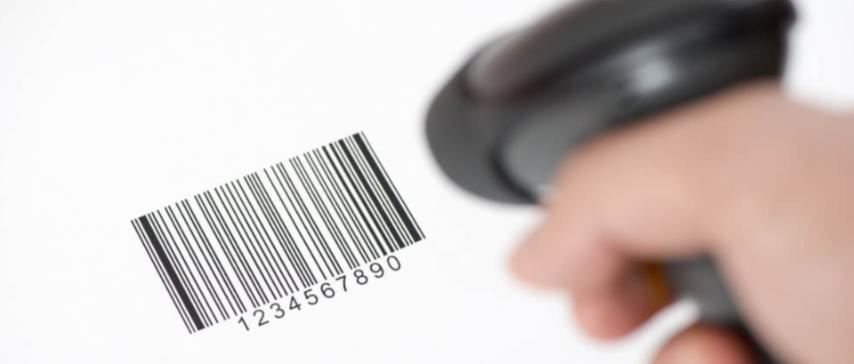
Barcode Reader: The Ultimate Tool for Fast and Accurate Scanning
Created on 7 October, 2025 • Misc Tools • 28 views • 2 minutes read
A Barcode Reader is an indispensable tool that enhances speed, accuracy, and efficiency across industries.
A Barcode Reader is a widely used device or software that scans and decodes barcodes to retrieve information quickly and accurately. From supermarkets to warehouses and healthcare facilities, barcode readers have revolutionized the way businesses track, manage, and verify products. This article explores what a barcode reader is, how it works, its benefits, and why it remains essential in today’s digital world.
What Is a Barcode Reader?
A Barcode Reader, also known as a barcode scanner, is a tool designed to read barcodes printed on products, packaging, or documents. A barcode is a series of black and white lines (or blocks) that represent data such as product numbers, prices, or inventory codes.
The reader uses light sensors to capture the barcode pattern and translate it into readable digital information. This data is then sent to a computer or database for processing. Barcode readers can be handheld devices, mobile apps, or integrated scanners in point-of-sale (POS) systems.
How Does a Barcode Reader Work?
A barcode reader works through a simple yet effective process involving three main steps:
- Illumination: The reader emits a light (usually a laser or LED) to illuminate the barcode.
- Scanning: The sensor captures the reflection of the light from the barcode.
- Decoding: The device’s decoder interprets the light and dark patterns into digital data, such as a product ID or serial number.
This data is then sent to a connected system, allowing instant access to product details, pricing, or inventory information.
Types of Barcode Readers
There are several types of barcode readers available, depending on usage and technology:
1. Laser Barcode Readers
These are the most common and use laser beams to read barcodes accurately, even from a distance.
2. CCD (Charge-Coupled Device) Scanners
Ideal for retail use, CCD scanners capture images of the barcode using an array of light sensors.
3. 2D Image Scanners
These scanners can read both traditional (1D) and modern (2D) barcodes like QR codes, making them highly versatile.
4. Mobile Barcode Readers
Smartphones with camera-based scanning apps can also function as barcode readers, offering convenience and portability.
Benefits of Using a Barcode Reader
1. Speed and Efficiency
Barcode readers significantly reduce human errors and speed up data entry processes, saving time in retail and logistics.
2. Accuracy
Manual data entry often leads to mistakes, but barcode scanning ensures near-perfect accuracy every time.
3. Inventory Management
Businesses can easily track stock levels, shipments, and sales in real time using barcode systems.
4. Cost-Effective
Barcode readers are affordable, easy to use, and compatible with existing software, making them a cost-effective solution for any industry.
5. Improved Customer Experience
In retail, barcode readers speed up checkouts and ensure accurate pricing, leading to better customer satisfaction.
Applications of Barcode Readers
Barcode readers are used in various sectors, including:
- Retail: For product pricing and checkout.
- Healthcare: For tracking medicines and patient records.
- Logistics: For shipment tracking and inventory control.
- Manufacturing: For production line management.
- Libraries: For book cataloging and borrowing systems.
Conclusion
A Barcode Reader is an indispensable tool that enhances speed, accuracy, and efficiency across industries. Whether it’s a handheld scanner at a supermarket or a mobile app used in logistics, barcode readers simplify data collection and management.
In today’s fast-paced, data-driven world, investing in barcode reading technology not only boosts productivity but also ensures smoother operations and improved customer experiences.